Unlock the essential power of your GLA-Class plug-in hybrid with simple charging tips, efficient battery management, and understanding its electric capabilities for a smoother, greener drive.
So, you’ve got a Mercedes-Benz GLA-Class plug-in hybrid, and you’re wondering about all that “essential power” it offers. It’s a fantastic blend of luxury, performance, and eco-friendliness, but sometimes harnessing that hybrid power can feel a bit like a puzzle, especially if you’re new to plug-in tech. Don’t worry, it’s simpler than you think! This guide is here to demystify the electric side of your GLA, making sure you get the most out of every charge and every drive. We’ll walk through the basics of charging, how to keep that battery happy, and how to truly embrace the electric driving experience.
Understanding Your GLA-Class Plug-in Hybrid’s Power
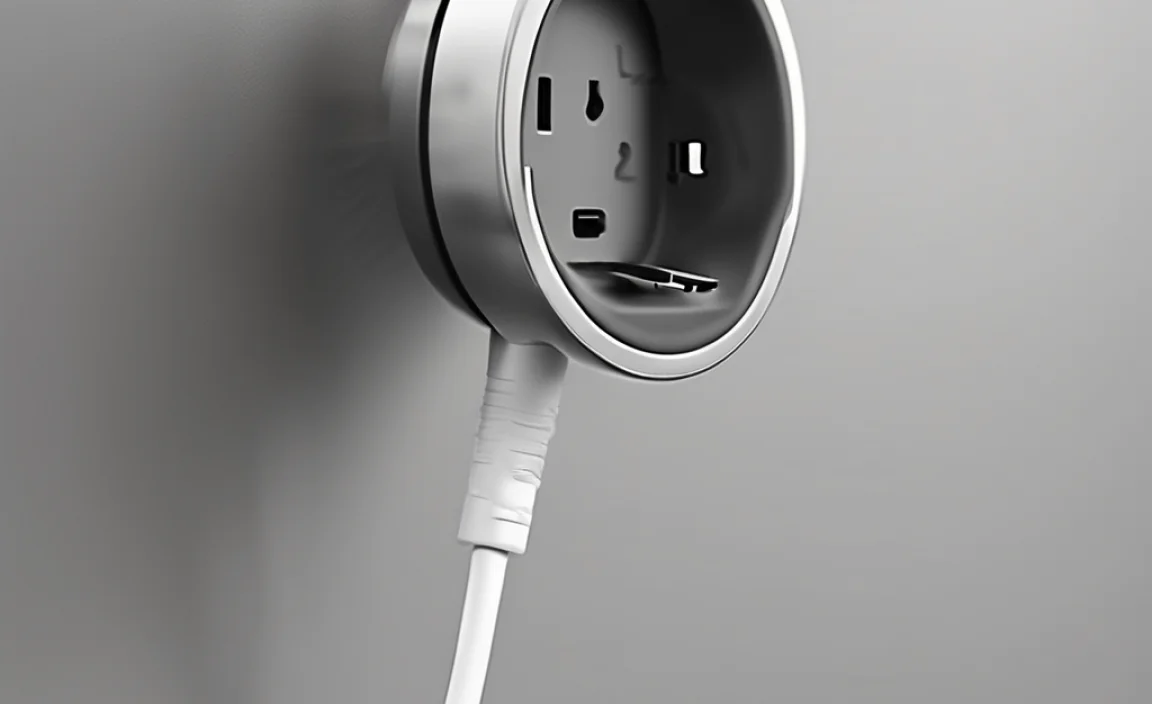
Your GLA-Class plug-in hybrid (PHEV) is designed to give you the best of both worlds: the efficiency of electric power for your daily commutes and the range and flexibility of a traditional gasoline engine for longer journeys. The “essential power” comes from its integrated system, which intelligently switches between or combines electric and gasoline power to optimize performance and fuel economy. This means you can enjoy whisper-quiet, emission-free driving when you need it, and then confidently power up for longer trips without range anxiety.
The Core Components: Battery and Electric Motor
At the heart of your GLA-Class PHEV’s electric power is a high-voltage battery. This battery stores the energy that powers the electric motor. The electric motor, in turn, can drive the wheels directly, supplementing or even replacing the gasoline engine. When you brake, the system often captures energy that would normally be lost as heat and converts it back into electricity to recharge the battery – this is called regenerative braking. It effectively means your car can recharge itself a little every time you slow down!
How the Hybrid System Works
The magic happens thanks to sophisticated control systems within your GLA. They constantly monitor driving conditions, battery charge levels, and your driving style to decide whether to use:
- All-electric mode: Perfect for city driving and short trips, offering zero tailpipe emissions and a serene driving experience.
- Hybrid mode: The system intelligently blends electric and gasoline power for optimal efficiency or performance.
- Engine-only mode: Used for sustained high speeds or when the battery charge is low, though the system will still aim to use electric power where beneficial.
This seamless integration is what gives you that “essential power” on demand, ensuring you have the right kind of performance for any situation.
Charging Your GLA-Class Plug-in Hybrid: Easy Steps
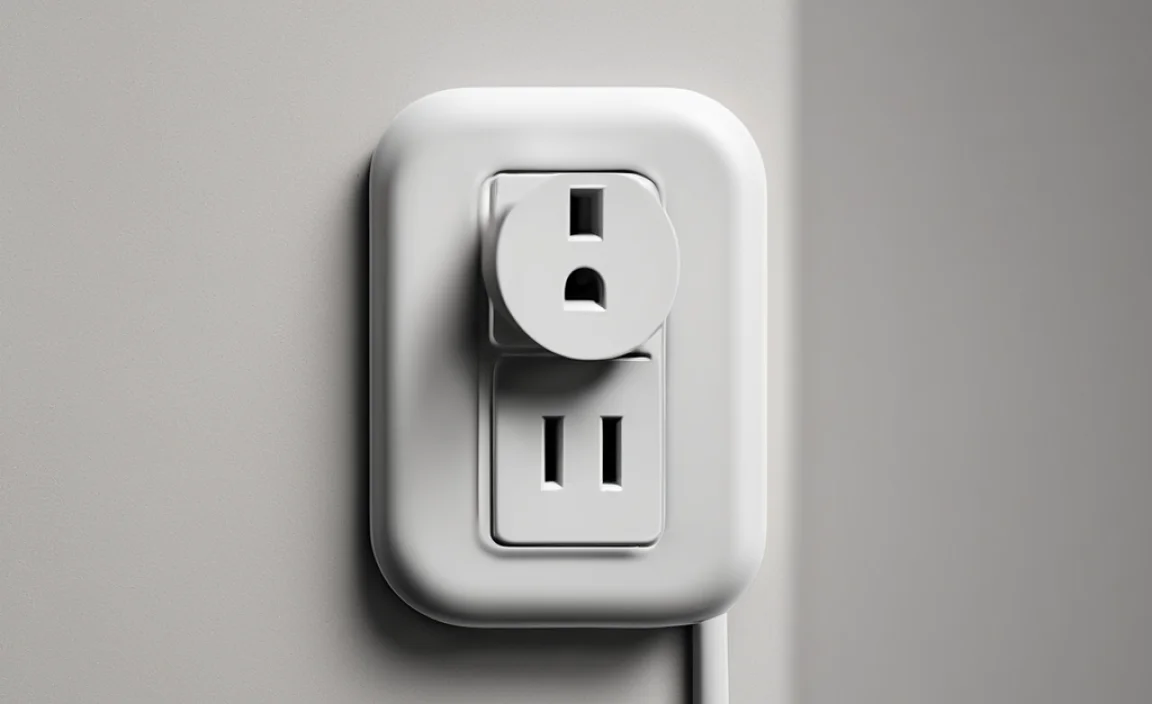
Charging your GLA-Class plug-in hybrid is straightforward and can be done at home or on the go. Understanding your charging options will help you maximize your electric driving time and minimize your fuel costs. Think of it like charging your smartphone – you plug it in when it’s convenient, and you wake up to a full charge!
Option 1: Home Charging (The Smartest Choice)
For most GLA-Class PHEV owners, charging at home overnight is the most practical and cost-effective method. This ensures your vehicle is fully charged and ready to go every morning.
Step-by-Step Home Charging:
- Locate the Charging Port: On your GLA-Class, the charging port is typically located on the rear passenger side of the vehicle. You might have two doors – one for fuel and one for the electric charger.
- Open the Charging Port Door: Gently press the button or use the release mechanism as indicated in your owner’s manual.
- Connect the Charging Cable: Take your dedicated charging cable (often supplied with the vehicle or available from Mercedes-Benz) and plug one end into the charging port on your car. Ensure it clicks securely into place.
- Plug into the Power Source: Plug the other end of the charging cable into your home charging solution. This could be a standard household outlet (Type 2 connector is common for home charging in many regions, requiring a specific adapter if you have a standard plug socket) or a dedicated wall-mounted charging station (also known as a Wallbox). A home charging station offers faster charging speeds and added safety features.
- Start Charging: Most charging systems will automatically begin once plugged in. You’ll usually see indicator lights on your dashboard or the charging station itself confirming that charging has commenced.
- Unplug When Fully Charged: Your car will communicate with the charger to stop when the battery is at its desired level. To unplug, you’ll typically need to press a release button on the charger’s connector or unlock your car.
Home Charging Equipment:
While you can often use a standard home outlet with the charging cable provided, it will be the slowest method. For a more convenient and faster experience, consider a Mercedes-Benz Wallbox or a compatible Level 2 charger. These can be installed by a qualified electrician and significantly reduce charging times. The National Renewable Energy Laboratory (NREL) provides excellent information on electric vehicle charging infrastructure, including home charging.
Option 2: Public Charging Stations
Public charging stations are becoming increasingly common in parking lots, shopping centers, and along major roadways. These offer a convenient way to top up your battery while you’re out and about.
Using Public Chargers:
- Find a Station: Use your car’s navigation system, or popular apps like PlugShare or ChargePoint, to locate nearby charging stations.
- Check Compatibility: Ensure the station uses the correct charging connector for your GLA-Class PHEV (typically a Type 2 connector).
- Initiate Charging: Follow the on-screen instructions at the charging station. This usually involves authenticating yourself via a mobile app, a charging card, or sometimes by directly plugging in.
- Connect Your Car: Plug the charging cable from the station into your GLA’s charging port.
- Monitor Charging: You can often monitor the charging progress through your car’s infotainment system or the charging station’s app.
- Complete Charging: Once charging is complete, follow the station’s instructions to safely disconnect your vehicle.
Public charging costs can vary, with some stations offering free charging while others charge per kilowatt-hour (kWh) or by the hour.
Maximizing Battery Life and Electric Range
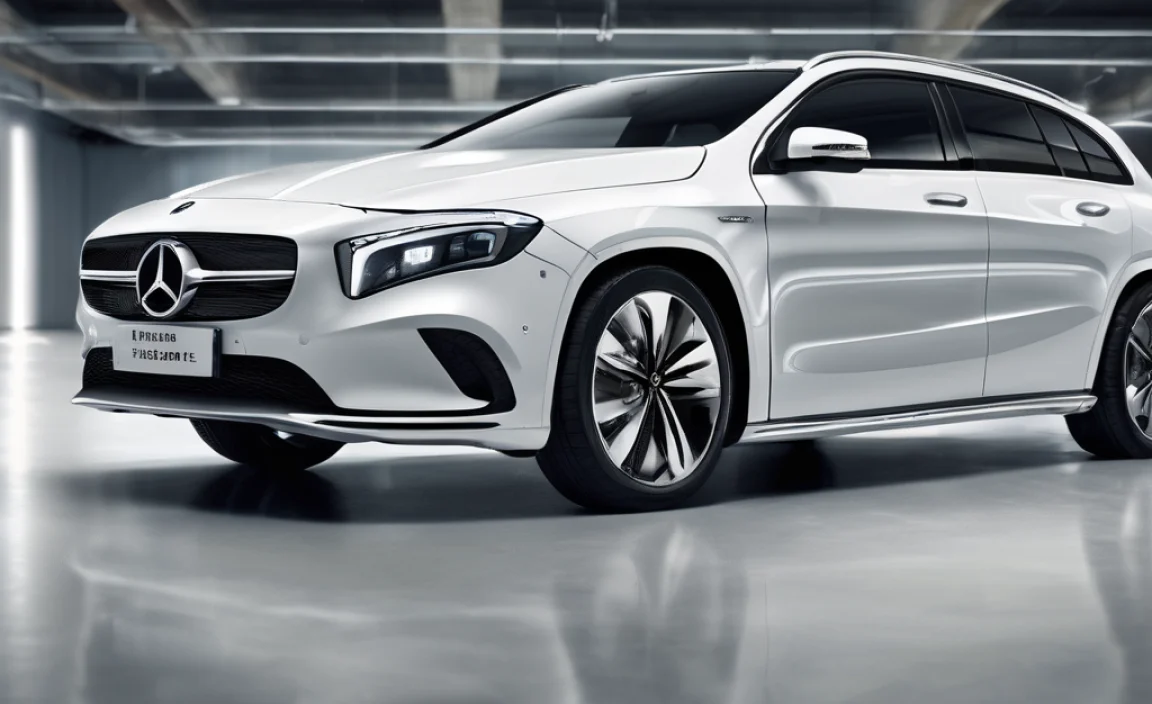
To truly benefit from the “essential power” of your GLA-Class plug-in hybrid, it’s important to manage its battery effectively. This means understanding how your driving habits and external factors affect its performance.
Driving Techniques for Electric Efficiency
Just like with a gasoline engine, how you drive significantly impacts how far you can go on a single charge:
- Smooth Acceleration and Braking: Avoid sudden bursts of acceleration. Gentle, progressive acceleration uses less energy. Similarly, predictable braking allows the regenerative braking system to recapture more energy.
- Maintain Consistent Speed: Highway driving at a steady, moderate speed is generally more efficient than stop-and-go city traffic.
- Utilize Eco Mode: Your GLA-Class likely has an “Eco” drive program. This mode is specifically designed to optimize energy consumption by adjusting throttle response and climate control settings.
- Anticipate Traffic: Look ahead and anticipate slowdowns or stops. This allows you to decelerate gradually, maximizing regenerative braking.
Understanding Regenerative Braking
Regenerative braking is a key feature of hybrid and electric vehicles. When you lift your foot off the accelerator or apply the brakes, the electric motor reverses its function and acts as a generator. This process slows the car down while simultaneously converting kinetic energy (the energy of motion) into electrical energy that is stored back in the battery. You can often adjust the strength of regenerative braking through your car’s settings, allowing for a more pronounced “one-pedal” driving experience in some cases.
Climate Control and Battery Performance
Your car’s climate control system, like air conditioning or heating, draws power from the battery. In extremely hot or cold weather, these systems can significantly impact your electric range.
- Pre-conditioning: If you’re charging at home, use the “pre-conditioning” feature (available via the Mercedes me app). This allows you to set your desired cabin temperature before you unplug, using grid power rather than draining the battery.
- Moderate Settings: Avoid setting extreme temperatures. A moderate setting will be more efficient.
- Seat Heaters/Ventilators: In cooler weather, using the heated seats is often more energy-efficient than heating the entire cabin. In warmer weather, ventilated seats can offer comfort with less energy draw than full AC.
Essential Power: Different Driving Modes
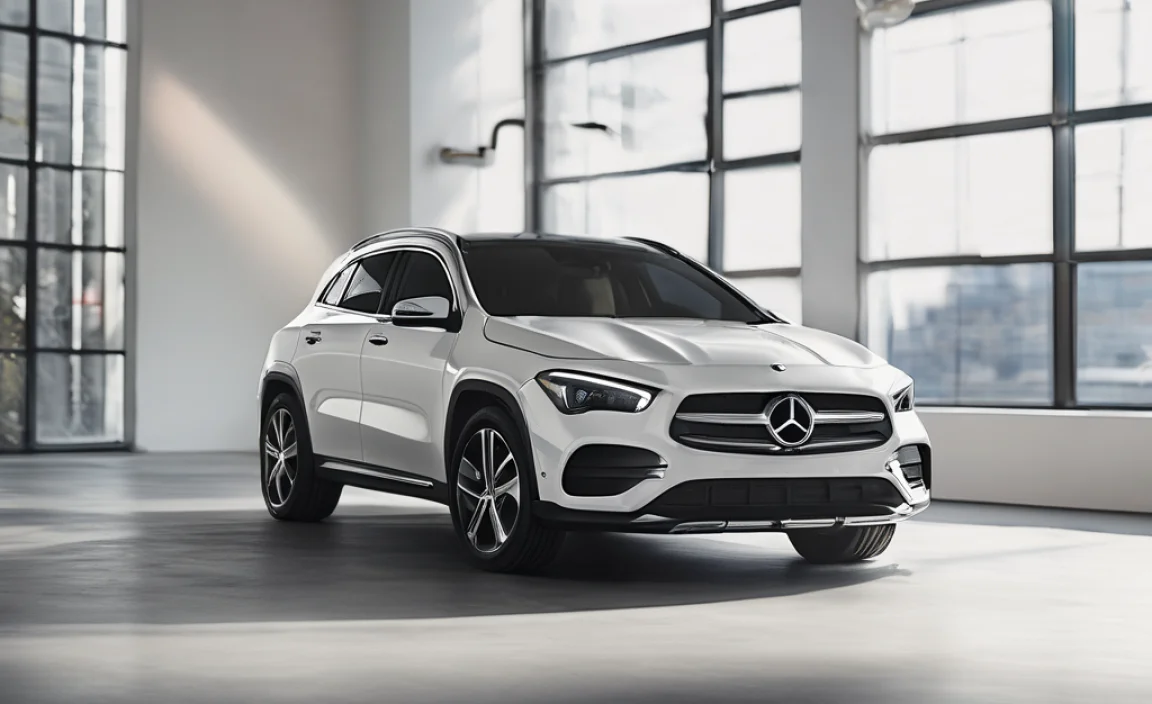
Your GLA-Class plug-in hybrid offers a range of driving modes that allow you to tailor the car’s behavior to your needs. Understanding these modes helps you utilize the “essential power” exactly when and how you want to.
Electric-First Mode (e.g., E-MODE)
This is likely your default or primary mode in a PHEV. In this mode, the car prioritizes using electric power as much as possible. The gasoline engine will only engage when:
- The battery charge drops below a certain minimum level.
- You demand maximum acceleration, exceeding the electric motor’s capability.
- The powertrain management system determines it’s more efficient to use the engine for a specific driving situation (e.g., sustained high speeds where battery power might be depleted too quickly).
This mode is ideal for daily commutes and typical city driving, offering the most significant fuel savings and lowest emissions.
Hybrid Mode
In Hybrid mode, the vehicle’s computer constantly juggles between the electric motor and the gasoline engine to achieve the best balance of performance and efficiency. It might use electric power for low-speed cruising, the gasoline engine for steady highway speeds, and then combine both for bursts of acceleration. This mode is excellent for mixed driving conditions where you don’t necessarily want to be limited to electric-only range.
Battery Charge Mode (Saving Power for Later)
This mode is unique to plug-in hybrids. If you know you have a longer journey ahead or will be driving into an urban area with an electric-only zone, you can use Battery Charge mode. In this mode, the gasoline engine is used to drive the car AND to actively recharge the high-voltage battery. This allows you to “fill up” your electric range using gasoline, so you have ample electric power available for when you need it most. It’s a clever way to preset your electric driving capability.
Sport Mode
While not strictly an efficiency mode, Sport mode is part of the performance equation for your hybrid. In this mode, the system prioritizes power delivery. It will likely use both the electric motor and the gasoline engine more aggressively, providing quicker acceleration and a more responsive driving feel. This utilizes the “essential power” for exhilarating performance.
Individual Mode
Many Mercedes-Benz vehicles allow for an Individual drive mode, where you can customize specific settings for steering, suspension, and powertrain to your preference. You can often select how the hybrid system behaves within this mode.
GLA-Class Plug-in Hybrid: Key Specifications Overview
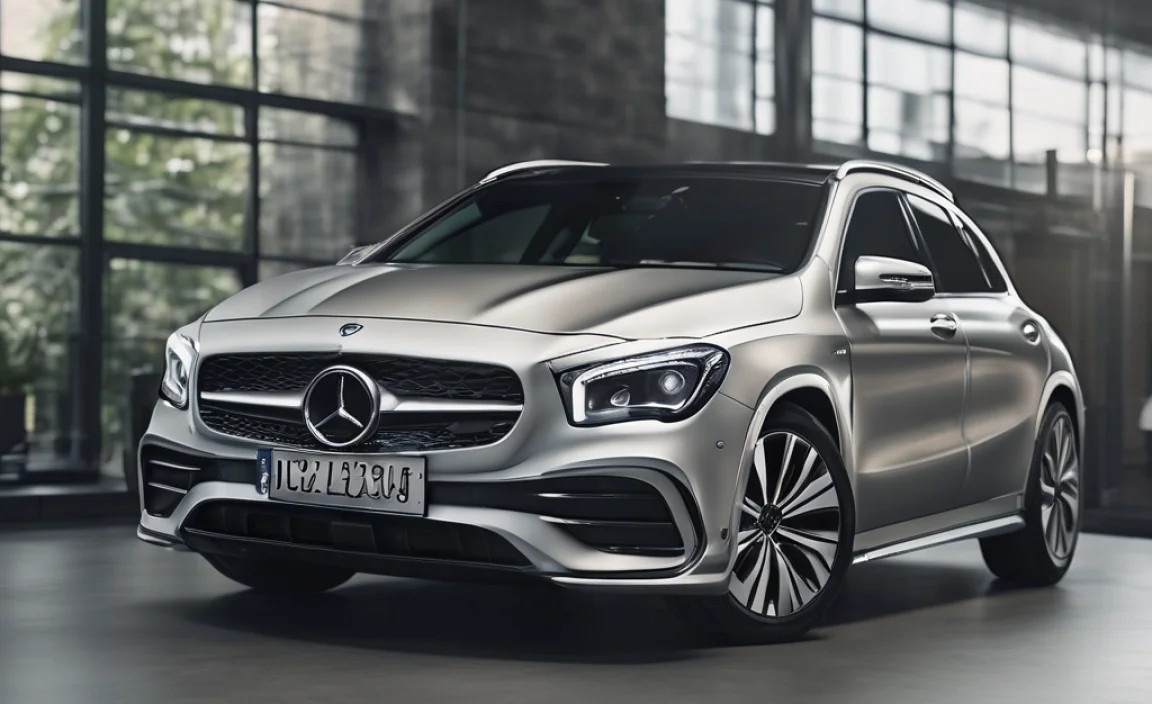
Understanding the technical specifications can help you appreciate the capabilities of your GLA-Class plug-in hybrid. Here’s a general overview; always refer to your specific model year’s documentation for exact figures.
| Feature | Typical Specification | Notes |
|---|---|---|
| Electric-Only Range (WLTP) | Approx. 35-45 miles (55-70 km) | Varies by battery size and driving conditions. |
| Battery Capacity | Approx. 10-15 kWh | Higher capacity generally means longer electric range. |
| Charging Time (AC Level 2) | Approx. 3-5 hours (0-100%) | Using a dedicated Wallbox or compatible charger. |
| Charging Time (Standard Outlet) | Approx. 8-12+ hours (0-100%) | Significantly slower; best for overnight charging. |
| Combined Power Output | Varies by model (e.g., 200-250 hp) | Combines electric motor and gasoline engine power. |
| Fuel Type | Premium Unleaded Gasoline | Recommended for optimal engine performance. |
These specifications highlight the flexibility of the GLA-Class PHEV. The electric-only range is typically sufficient for most daily commutes, while the gasoline engine ensures you’re never stranded on longer journeys.
Troubleshooting Common Plug-in Hybrid Issues (Beginner-Friendly)
While your GLA-Class plug-in hybrid is built for reliability, encountering minor issues can happen. Here are a few common points and how to approach them without needing to be a master mechanic.
Issue 1: “My Electric Range Seems Lower Than Expected”
Possible Causes:
- Temperature: Extreme cold or heat significantly impacts battery performance.
- Driving Style: Aggressive acceleration, high speeds, or frequent braking reduce range.
- Climate Control Usage: Running the heater or AC at full blast uses battery power.
- Terrain: Driving uphill requires more energy.
- Battery Age/Health: Like all batteries, EV batteries degrade over time, though modern ones are very durable.
What You Can Do:
- Review your driving habits – try smoother acceleration and braking.
- Utilize pre-conditioning while plugged in if temperatures are extreme.
- Ensure you’re using Eco mode and moderate climate control settings.
- Check your owner’s manual for specific battery management tips.
Issue 2: “The Car Won’t Start in Electric Mode”
Possible Causes:
- Battery Charge Too Low: The system might automatically prevent electric-only operation if the battery is critically low.
- System Malfunction: A rare but possible electronic glitch.
- Safety Lockout: Certain conditions ( like not having your foot on the brake) can prevent engagement.
What You Can Do:
- Ensure the vehicle is properly “started” (following your normal start procedure).
- Attempt to charge the vehicle fully.
- If the problem persists after a full charge and checking the manual, it’s time to contact a certified Mercedes-Benz service center.
Issue 3: “Charging Isn’t Starting or Stops Unexpectedly”
Possible Causes:
- Loose Connection: The charging cable might not be fully plugged into the car or the power source.
- Faulty Cable or Charger: The charging cable or the charging station itself could be damaged or malfunctioning.
- Power Fluctuation: On standard home outlets, inconsistent power supply can interrupt charging.
- Vehicle Fault: A rare issue with the car’s onboard charging system.
What You Can Do:
- Double-check that the charging cable is securely seated at both ends.
- Try a different charging cable or a different charging station (if available).
- If charging from a standard outlet, ensure the outlet is receiving stable power.
- Consult your owner’s manual for any charging error codes or indicators.
- If it continues, seek professional diagnosis from a Mercedes-Benz technician.
Remember, most issues are minor and easily resolved. Always refer to your owner’s manual for vehicle-specific troubleshooting advice.
Frequently Asked Questions (FAQs) for GLA-Class Plug-in Hybrid Owners
Q1: How often should I charge my GLA-Class plug-in hybrid?
A: For optimal performance and savings, aim to charge your GLA-Class plug-in hybrid whenever it’s convenient, ideally overnight at home. Most owners find charging daily or every other day suits their needs perfectly.
Q2: Can I use a regular household outlet to charge my GLA-Class PHEV?
A: Yes, you can use a standard household outlet (often called Level 1 charging). However, it’s the slowest charging method and might take